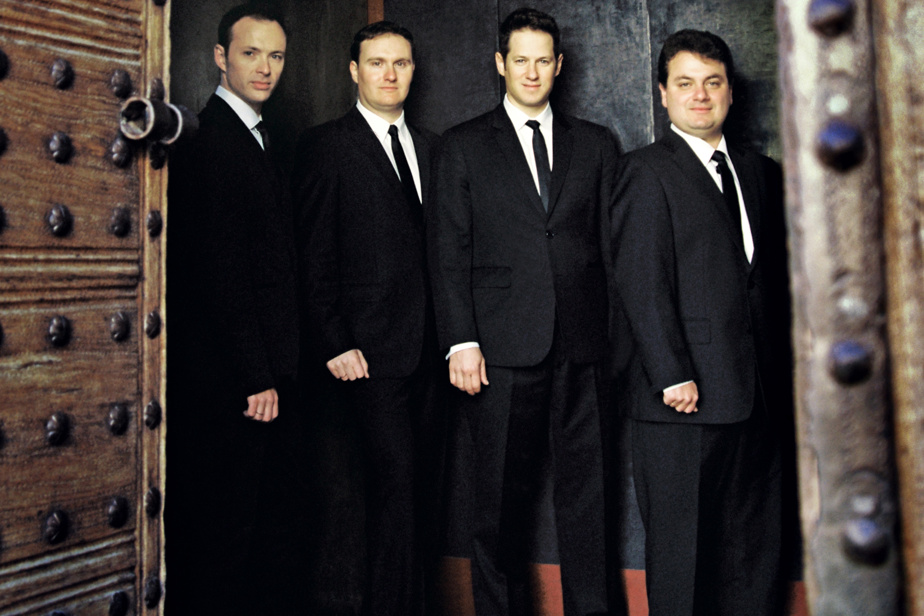The Jerusalem Quartet returned to the Ladies’ Morning Musical Club (LMMC) on Sunday afternoon. A concert that exceeded all our expectations.
The Israeli group founded almost 30 years ago is a regular in the metropolis, having been invited in the past by Pro Musica, the LMMC and the Montreal Chamber Music Festival. His last appearance, two years ago, was under the aegis of the latter, almost at the same time as the Dover Quartet which, by chance of the calendar, also played again last Wednesday at the Bourgie Hall.
The Pollack Hall was two-thirds full on this almost summer day to welcome the quartet, on their North American tour. The program, which could not have been more enticing, included the Quartet no 1 in E flat major, op. 12, by Mendelssohn, the Quartet no 1, op. 21, by Paul Ben-Haim, and the Quartet in G minor, op. 10, by Debussy, the latter having been immortalized in Harmonia Mundi five years ago.
Paul who? Paul Frankenburger (1897-1984), a German Jew who left his native country in 1933 after serving as an assistant to Walter and Knappertsbusch to settle in what 15 years later would become the state of Israel, where he became one of the main musical figures under the surname Ben-Haim.
Her Quartet no 1very influenced by French “impressionist” music, dates from his early days in the Middle East and marks a desire to distance himself from his Germanic heritage and embrace the musical tradition of his adopted region (particularly in the latter movement).
In four movements, the work is easy to listen to with its generous melodic inspiration and its writing as expert as it is accessible. Especially played with as much inspiration as the musicians of the Jerusalem Quartet did.
Because this group is a force of nature. No strength in the “rough formwork” style. Well yes, but when necessary: they also know how to make themselves small when the music demands it.
This is particularly the case in the slow movement of Debussy’s quartet, as if whispered in the ear. We are treated to the opposite in Mendelssohn’s Andante, with its opulent sound.
It’s not just about sound. The perfection of the execution leaves you speechless. There are occasional small intonation problems (the first two movements of the Mendelssohn come to mind, a problem resolved after concertmaster Alexander Pavlovsky retuned), but what quartet doesn’t experience them in concert?
The attacks are barely perceptible, as the bows enter the string in such a subtle way. This is what gives a sense of jaw-dropping singing, as in the first movement of the Mendelssohn, where the barlines seem to have been abolished.
The tempos, for their part, always seem to be well understood. There is no haste in the introduction to the first movement “adagio non troppo” of Mendelssohn, just as in the Allegro non tardante which forms the movement as such.
If the Canzonetta remains a bit wise for an Allegretto, the finale, taken at full speed, is indeed “molto allegro e vivace” (not so common…). We could just as easily say the same thing for each of the parts of Debussy.
And everything is done with admirable rhythmic flexibility, both individually (the violin 1!) and in a group.
Violist Ori Kam, the only musician not among the founding members, announced the encore in excellent French (he is a professor at the University of Geneva): the Andante du Quartet no 21 in D majorK. 575, by Mozart, played as if in suspension.
The next LMMC concert, with French pianist Rémi Geniet, will be held on October 22 at 3:30 p.m.
